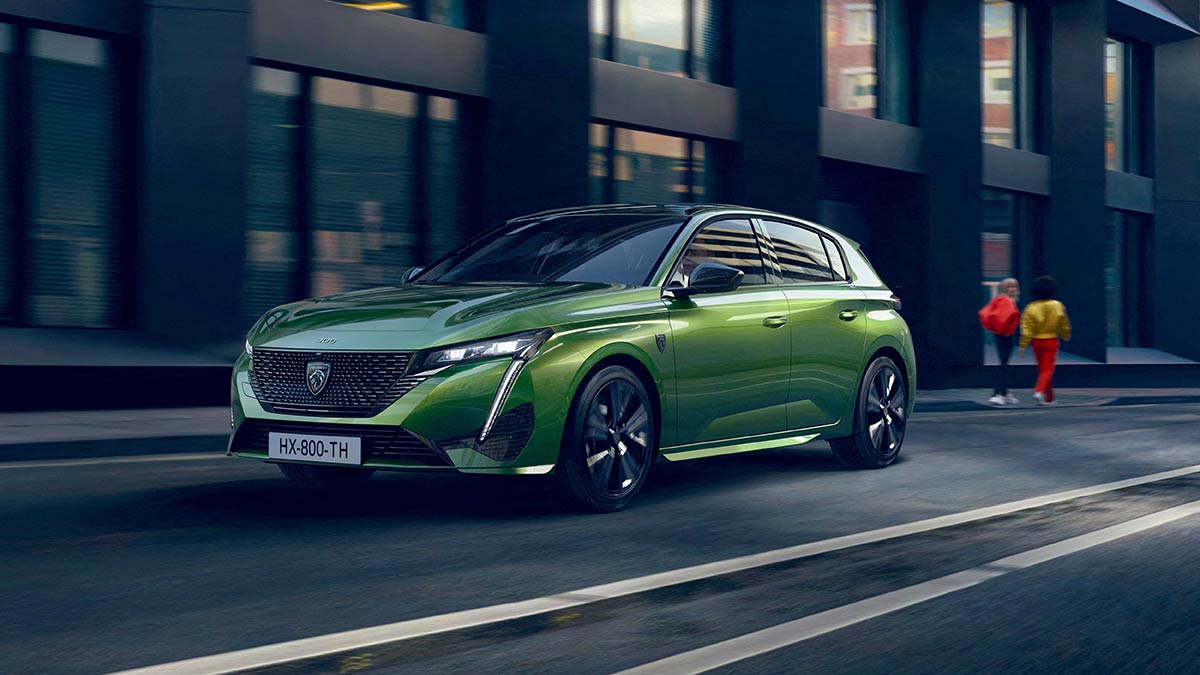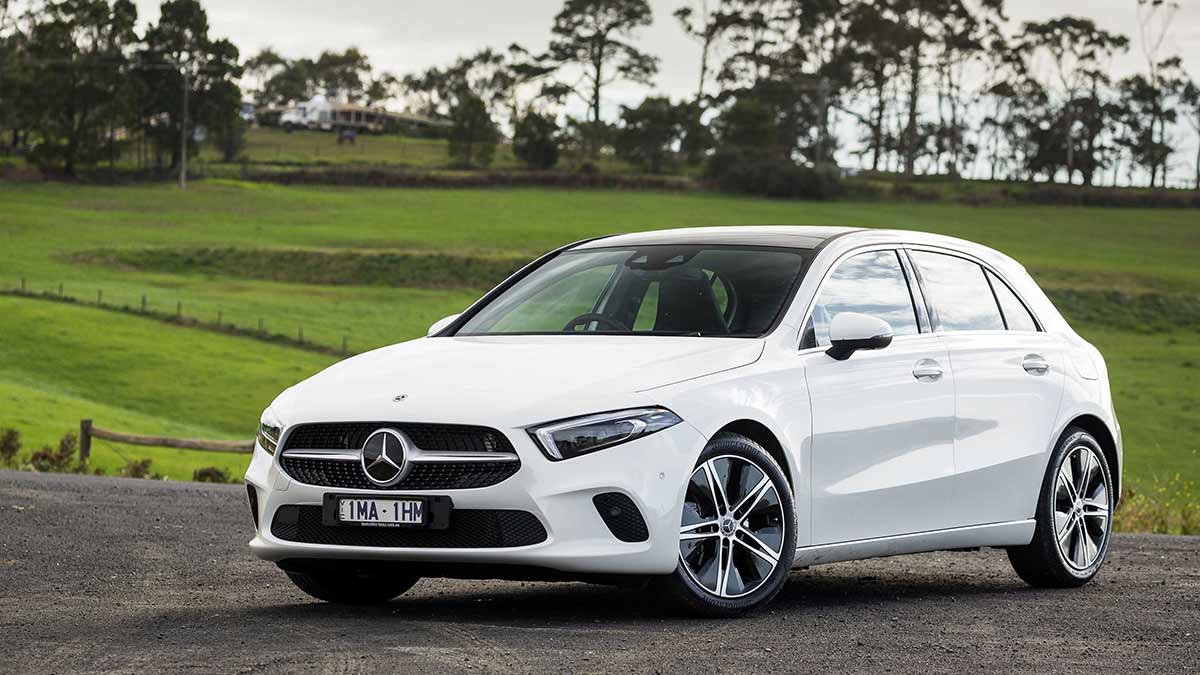By staying informed, having a bushfire survival plan, packing an emergency kit, and taking necessary precautions, you can help reduce the risk associated with bushfires.
Global microchip shortage hits Australian car buyers
A worldwide scarcity of microchips is leaving new-car buyers dangling.
Australian new-car buyers are waiting up to six months for some makes and models due to a global shortage of semiconductor microchips that has forced manufacturers to delay new model launches and, in some cases, temporarily close factories.
The shortage of microchips, which are used in modern cars to control everything from power steering to cruise control and infotainment systems, has impacted virtually every automotive brand in Australia and around the world, causing stock shortages of new cars, and in turn an increase in demand – and prices –for used cars.
Major car brands including Mazda, Hyundai, GM, Ford, Jeep, Jaguar/Land Rover, Mercedes-Benz, Mitsubishi, Porsche, Renault and more have scheduled temporary plant closures at some sites, and many more have cut production volumes, resulting in lengthy delays for new-car customers around the world, including in Australia – just as demand for new cars is surging after a dramatic COVID-fuelled decline in 2020.
Australian Automotive Dealer Association (AADA) chief executive James Voortman says almost every dealer in Australia has been affected by the chip shortage, but it is the most in-demand models that are experiencing the longest delays – up to six months in some cases.
What does the semiconductor shortage mean?
Car features compromised
The global shortage has ramifications beyond delivery delays for buyers of new cars. In an effort to reduce the number of chips in each vehicle, some car makers are building cars without certain features that need semiconductors. Peugeot, for instance, will launch its new-generation 308 hatchback on global markets without the promised digital speedometer, reverting to analogue instead. However, the French brand’s Australian distributor confirmed that it would hold off on releasing the 308 here until the first quarter of 2022 to ensure it has the digital speedo.
Mercedes-Benz is temporarily omitting its Pre-safe supplementary safety system from models including the A-Class, B-Class, CLA, GLA and GLB. Pre-safe detects a potential crash and implements measures to protect occupants such as tightening front seatbelts, moving seats and closing the windows and sunroof.
The company’s Australian arm has issued a statement that while it has reduced the price of affected models to reflect the omission of Pre-safe, its standard suite of electronic safety aids such as brake assist, electronic stability control and lane-keep assist remain in these models, and their respective ANCAP safety ratings are unaffected.
Meanwhile BMW Australia says its Driving Assistant Professional extended suite of driver aids will be temporarily omitted from some variants of its 3 Series, 4 Series Coupe, X3 and X4 with a $2500 price reduction to reflect the omission. But the regular Driving Assistant features including autonomous emergency braking, blind-spot monitor, lane-departure warning and adaptive cruise control will still be fitted.
A question of safety
Crash-safety watchdog ANCAP’s chief executive Carla Hoorweg says ANCAP has been working proactively with vehicle manufacturers to determine the extent of the shortage and any possible impact on safety performance. “Safety is non-negotiable and ANCAP’s focus is ensuring Australian and New Zealand consumers have accurate information in relation to the safety of vehicles supplied to our market,” she says.
“The automotive industry is extremely mindful of the importance placed on the safety of their products and customers, and we expect brands will ensure they do not compromise on safety as a result of the semiconductor shortage.”
As well as safety features, semiconductor chips are used in a wide range of functions in new cars, such as connectivity and infotainment systems, power-steering, advanced driver-assistant functions including cruise control, and elements of battery-electric vehicle (EV) powertrains. While a regular petrol or diesel vehicle uses between 200 and 1300 chips, an EV can have more than 3500
What’s causing the shortage?
Several factors have created a perfect storm that has led to the global shortage. At the start of the coronavirus outbreak, car manufacturers around the world slowed or halted production in line with slowing demand, and reduced their orders for parts such as chips in the process.
At the same time, as millions of people globally transitioned to working from home, there was a rush on laptops, mobile phones and game consoles, which also use microchips. Manufacturers quickly switched focus from the automotive industry to making chips for personal devices to meet increased demand. Although car makers have since ramped up vehicle production as sales rebound to higher than pre-pandemic levels, chip manufacturers are struggling to supply all industries. The fact that the manufacturers get a higher profit margin selling chips for personal devices than for vehicles hasn’t helped the automotive sector’s plight.
Other factors contributing to the global shortage include a drought in Taiwan where a large number of the world’s semiconductor chips are made (semiconductor manufacturing requires large amounts of water), factory fires in Japan and blizzards in Texas which temporarily shut down several large chip plants.
A healthy global rebound in new-car sales following last year’s downturn has only exacerbated the shortage. First-quarter vehicle sales for 2021 are up in major markets including the US, Japan, Europe and China, while in Australia, April sales are 22 per cent higher than that same month in 2019.
How long will the shortage last?
The AADA’s James Voortman says it is unclear when the situation will return to normal. Taiwanese semiconductor manufacturer TSMC recently said it expects supply will remain tight well into 2022 before easing for automotive customers in the second half of that year. Pat Gelsinger, CEO of Intel, the largest chip maker in the US, recently told the Washington Post that the shortage would take “a couple of years” to abate.
James advises new-car buyers to be patient and suggests talking to their dealer about which makes and models are affected. “Consumers should also consider placing their orders as soon as possible so that they do not end up at the back of a long queue,” he says.
Meanwhile, the shortage of new cars has prompted keen buyers to opt instead for recent second-hand car models, which are now in high demand and priced accordingly. Dealers are reporting that used-car stock is being snapped up as soon as it is displayed on the lot, if not before. And classified site Carsales says the median price of top-searched second-hand models, including the Toyota LandCruiser 4x4 and Toyota HiLux ute, have increased close to 50 per cent year on year. In some cases, the asking price for the most popular used models is higher than the new-car price.




